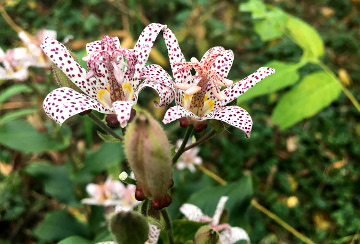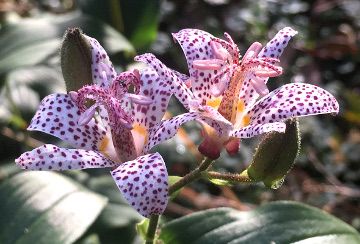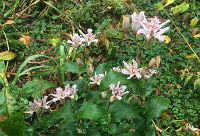
No Holds Barred

From the helicopters and parachutes of maple seeds and dandelions to the Velcro like grip of smartweeds, stickseeds and burdocks, we're all acquainted with the determination plants show in ensuring their seed propagation.
In order to promote seed dispersal, plants make their fruits nutritious and colorful, enticing birds and animals to eat them and later spread the seeds far away along with natural fertilizer.
The seed-spitting gourd explodes when it's ripe, propelling its seeds away from the mother plant, and it's not alone in using this method.
Mistletoe fruits burst open when they are ripe and launch their sticky seeds onto neighboring trees.
The tension in their drying fruits allows violets and geraniums to shoot seeds at incredible speeds over long distances.
Tumble weeds distribute their seeds by letting the wind blow away their entire plants.
Coconuts, palms, mangroves, and water lilies cast their seeds on the water, which enables their small wooden boats to drift until they encounter favorable conditions for growth.

Seedling Watching

There is nothing more exciting to a gardener than starting a plant from seed. I watched my share of seedlings emerge and grow, and I'll share a few details about the process.
Plants vary wildly in terms of germination rate and developmental speed: annuals like tomatoes, marigolds, beans and zinnias boast a near 100% germination rate and are ready to plant in three weeks, while perennials like lovage and delphiniums take three weeks to sprout, if at all, grow painfully slow and struggle to adjust when moved to the garden.
The majority of vegetables and flowers are eudicots, which means their seeds sprout with two symmetrical baby leaves.
Those baby leaves look nothing like the mother plant; they're broad and generic and fall off once the true foliage is starting to emerge.
Once the seedlings are around 1 inch tall, the gardener must thin them to one plant per pod, an emotional task which often involves tears.
After thinning, the plants grow fast and just when they're about to outgrow their little pods, they're ready for the garden.
Don't rush to plant them yet, even if the last frost has passed.
The indoor-adapted seedlings require hardening before exposure to sun, wind, and temperature changes.
To prepare the trays for the garden, move them to a sheltered location outdoors and gradually increase their exposure to sunlight by one hour each day. Continue this process for a week, until they have received a total of eight hours of outdoor exposure.
